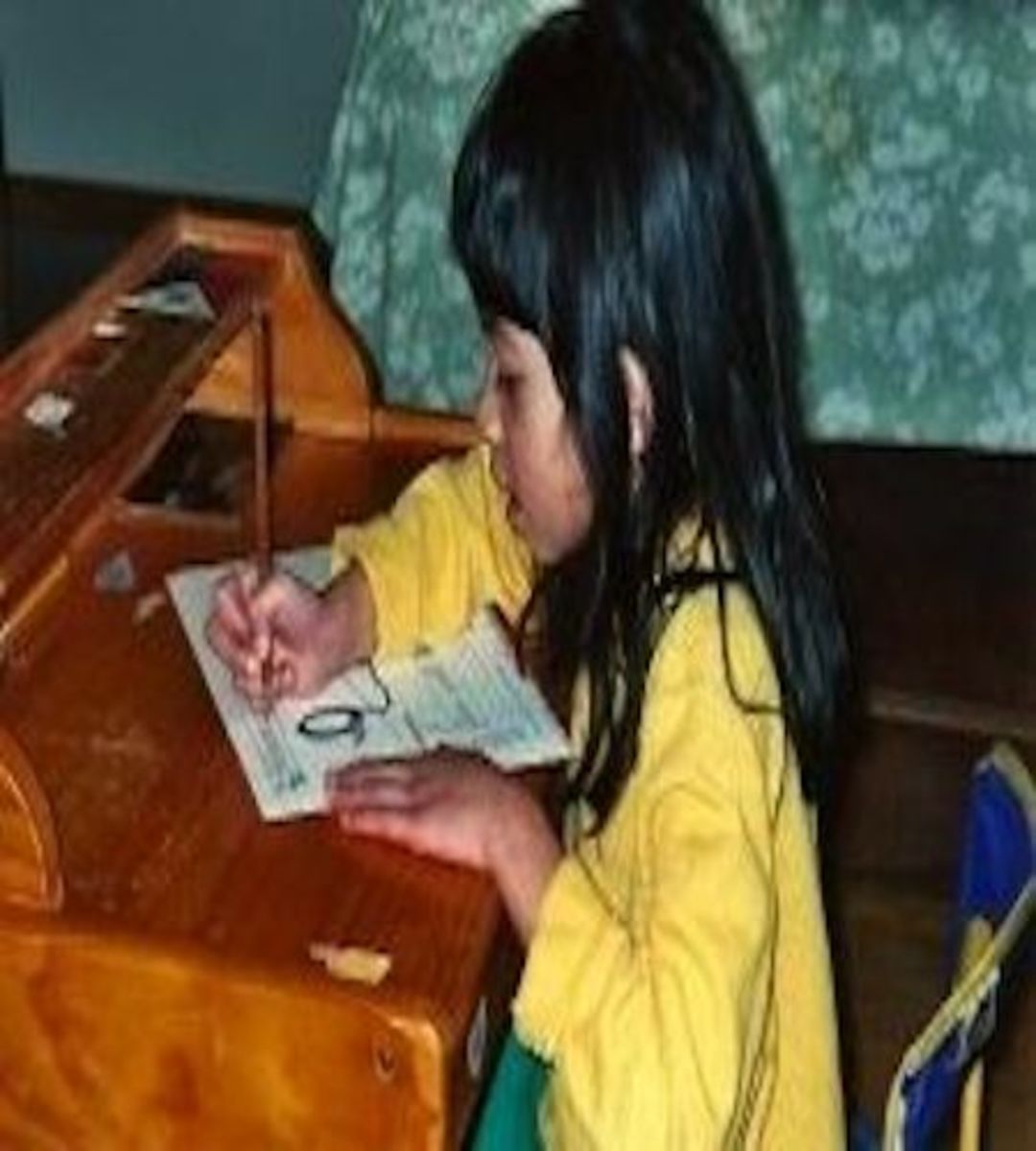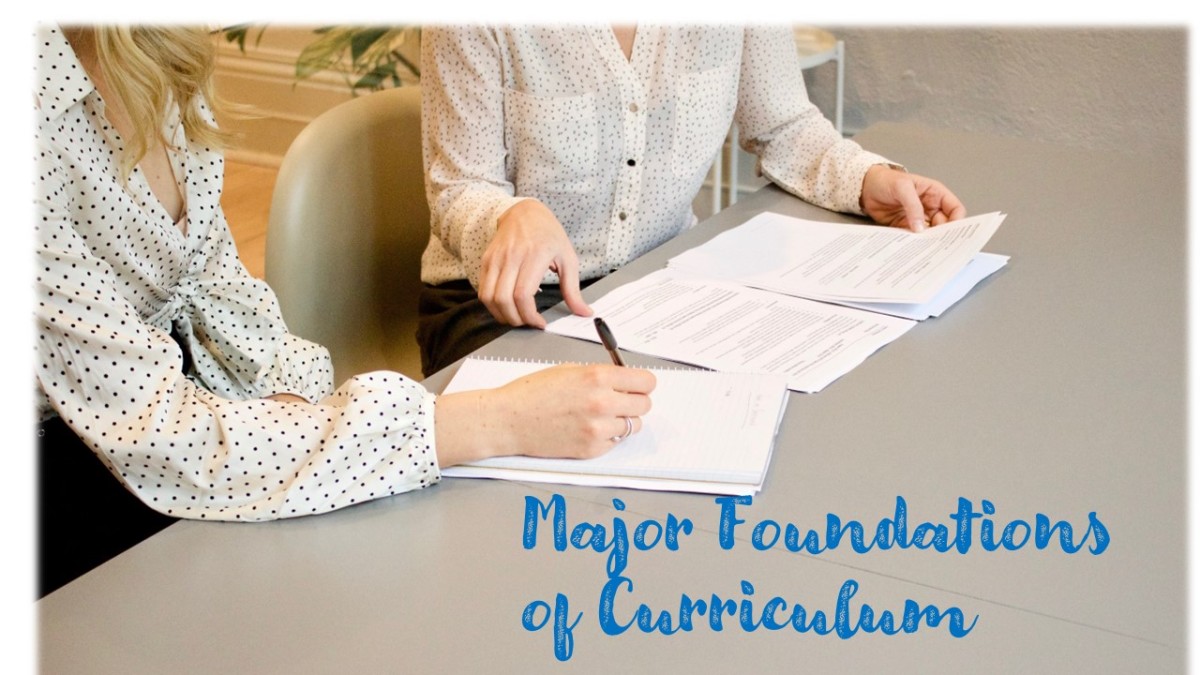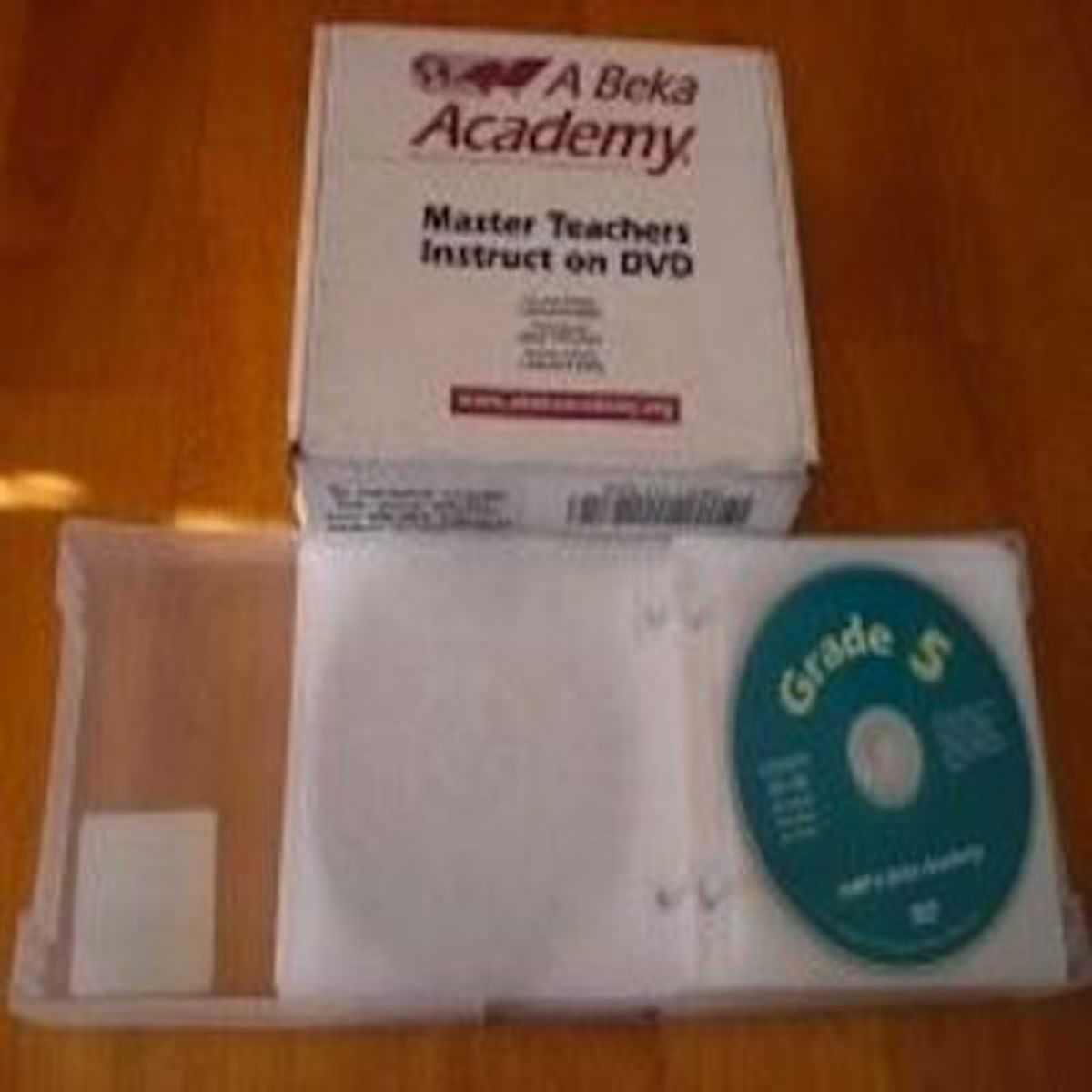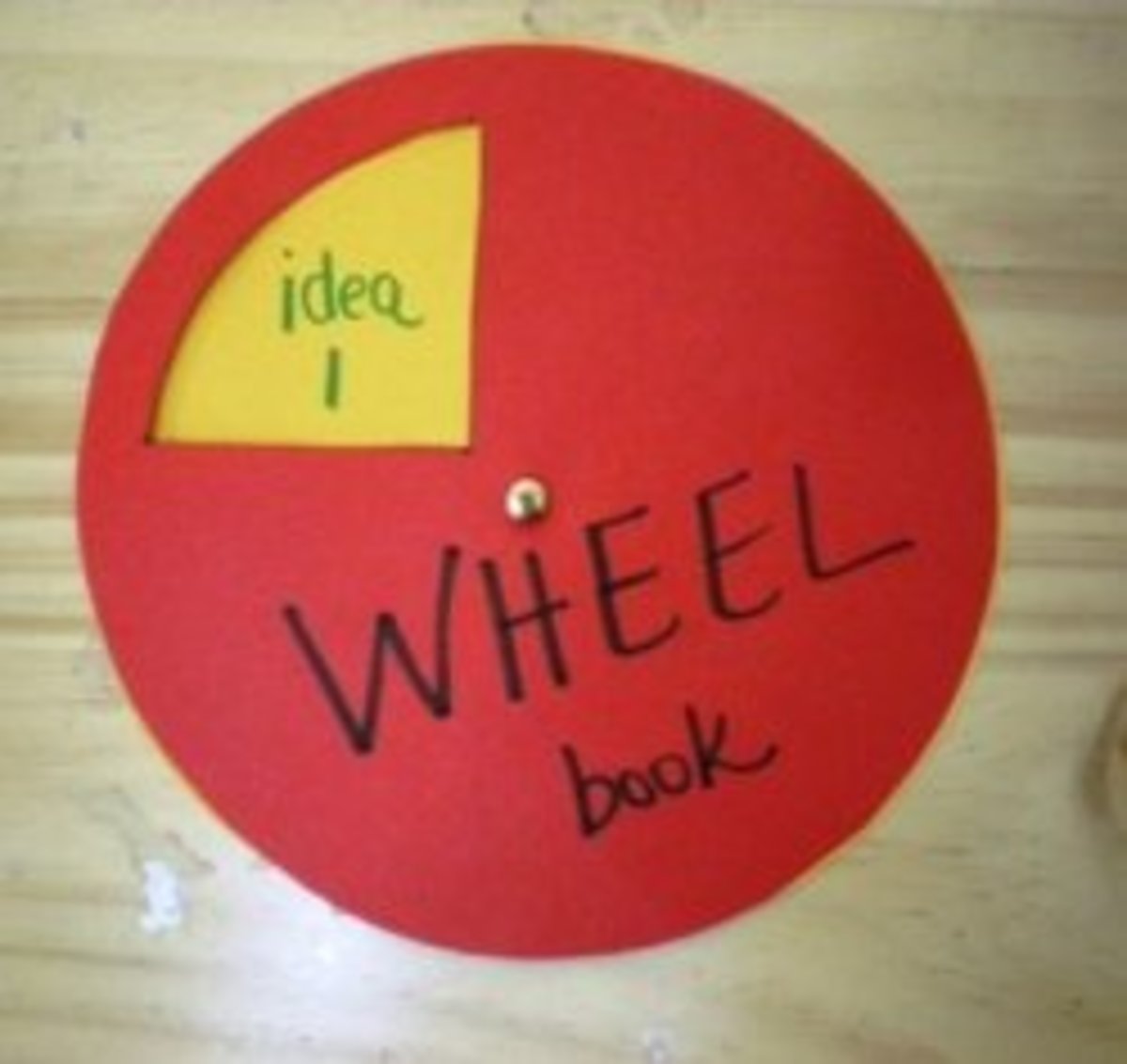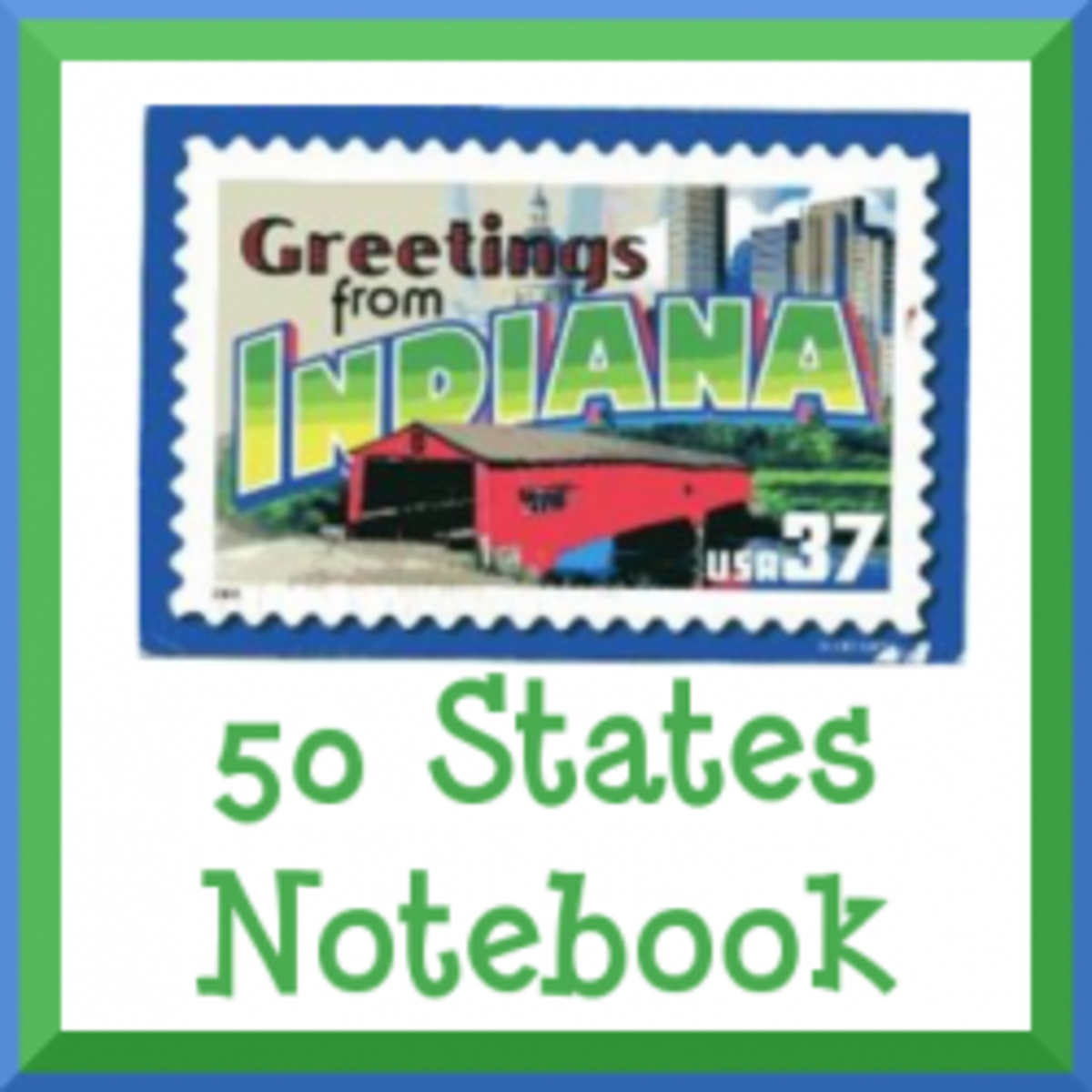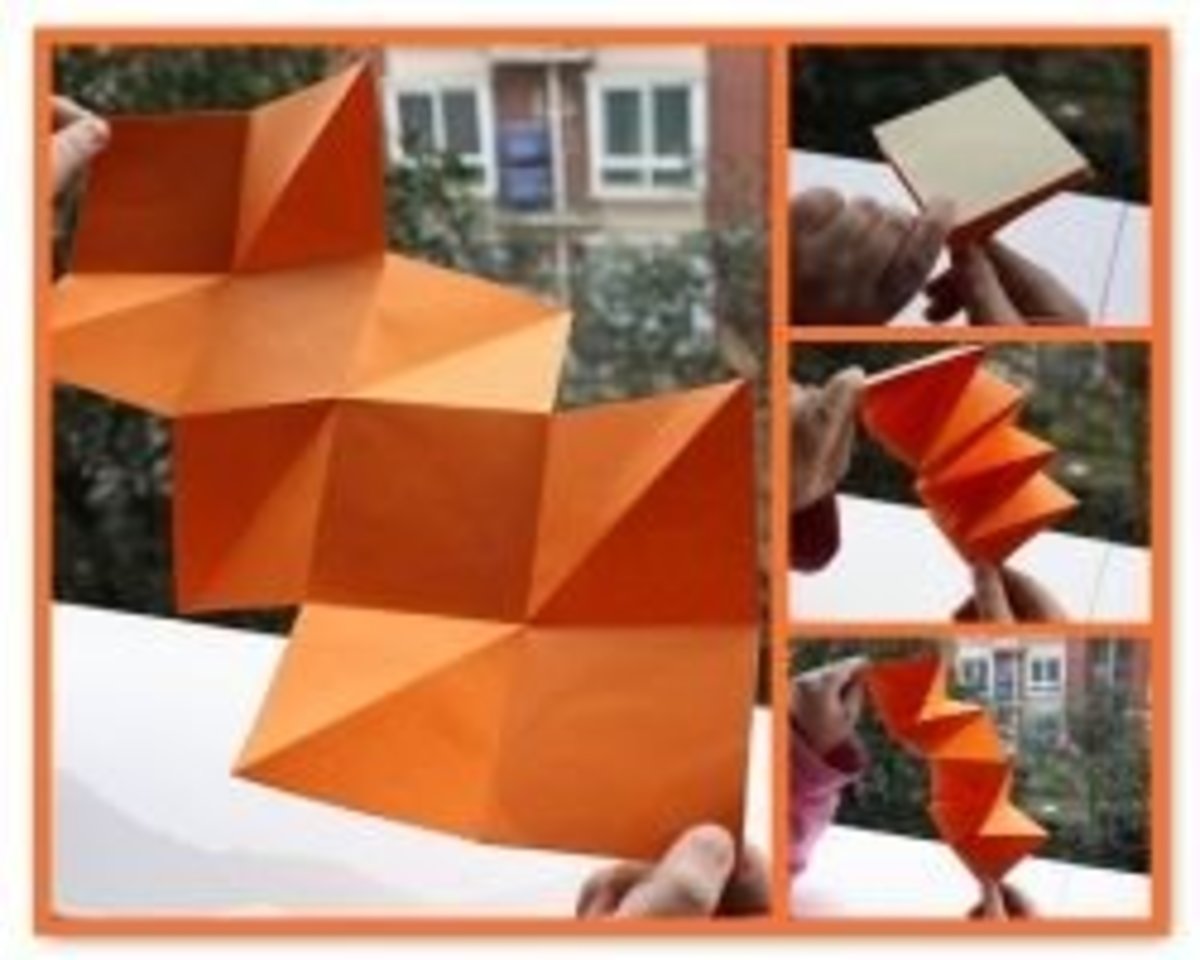Home-School Curriculum Development and Materials: Choosing a Guiding Philosophy and a List of Intentions
What shall we learn today?
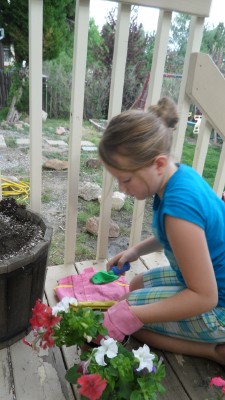
Where to Begin?
When I started the home-school journey with my daughter, I had seven years of middle grades teaching and nearly twelve years of higher ed part-time teaching behind me. Every syllabus I’ve ever created began with the course philosophy and objectives. Yet even this background of experience didn’t entirely ease the fear I had when beginning to shade in the palette of what my daughter’s home-school education would look like in action. The possibilities were literally endless.
First, I thought I’d adopt some primary guiding philosophies
When I taught seventh and eighth grade, I had two famous quotes on my walls: “No one can make you feel inferior without your consent”—Eleanor Roosevelt, and “Believe that you are as good as everyone else but never better”—Coach John Wooden. There is a common theme to these quotes. For students at that age, identity formation is everything. The battle for self-confidence is constant. These quotes planted themselves not only in my room, but on my course syllabus. They reminded both me as well as my students what kind of a classroom culture we would adopt.
But what kind of culture would I adopt in the absence of others? What internal battle might she and/or I face? Finally, I decided I would be facing the greater battle, so my two quotes transformed into three. The first two were reminders for me: “It ought to be acceptable for students to reject some material in order to pursue other topics with enthusiasm” –Nel Noddings, and “We can redesign again and again, from scratch, the contours of our life within the specific contexts in which we (have to) spend it, and . . . we [can] experience these contexts as shapeable and designable” –Peter Alheit. What these two guiding principles do for me is remove some of the fearful burden that I might choose incorrectly and drastically harm my child. Noddings tells us that the ability to truly care for an individual is to recognize who the learner is—what will return the best learning dividend for those in our charge? Naturally, those things which are already tied to some area of interest which will illicit enthusiasm even when the material becomes challenging. And Alheit further gives us the freedom from guilt by reminding us that nothing is ever truly set in stone. We can continually re-shape what we learn and what opportunities for experience we gain by our decisions. There is little chance that I will invoke irreparable damage in my attempt to educate my child.
For my daughter, I settled on one easily, and it was more of a motto than a quote: Home-School does not mean No School. I needed her to realize that while I may be choosing subject matter that was of interest to her, our goal was still to become well-educated individuals.
Intentions
Intentions were much easier for me to settle upon once I had my guiding philosophies. I could relax a little and weed out those items that would make for a great addition to my daughter’s overall education but that were areas where I had too little knowledge to help her engage in for or were nice but not necessary (for instance, if I thought learning violin might prove valuable to her, I'd have to seek outside lessons and remove that from my own plate). For this I created critical questions:
- What do I want my child to value about her own education?
- What are my aims for creating a home-school culture that she will flourish in?
- What will her day actually look like?
- What activities can she lookforward to that reflect our family and educational values?
In answering these questions, my intentions gained focus:
- I’d like to preserve/encourage her natural curiosity
- Instead of trying to cram every potential subject into our learning day, I will attempt to combine /align or connect subject content to at least one other element (In curriculum theory this is the notion that a contextualized rather than a de-contextualized approach helps foster transformative learning where students can build connections between what they experience and learn.) For example, I don’t have to have her practice writing for the sake of writing or reading for the sake of reading. Instead, as she is naturally curious about nature, I can choose to have her read and write about nature.
- I’d like her to develop a sense of self-discipline wherein she learns to value the work involved in learning (It’s not always all fun and games. Children need to experience challenge in order to grow.) Care of home, family & community will also take on integral parts to this development (such as incorporating the discipline involved in cleaning up after projects, anticipating the needs of others by putting forth work needed to make experiences positive or valuable for others around her, and making wise choices about her own behavior when out in the community).
- Service learning will be utilized for content connections and field trips.
- And finally, that life education is about becoming a happy, healthy individual and member of society. Playing outside, getting messy, chasing bugs, taking the dogs for walks . . . this doesn’t look like learning, but every life experience offers us a little something to ponder about who we are and who we are continually becoming.
Every homeschooler’s education will naturally look different—that’s kind of the point, but I do think that the adult caregiver should have some conceptual framework for the intentions of the educational approach he or she chooses. Just re-visiting this process for the purpose of writing this post has re-energized me which has to be a good sign. If we’re both excited about the possibilities I can only imagine what the experience itself will continue to lend us.

Brief Bio:
Jenn Gutiérrez holds an M.F.A in English and Writing. Previous work has appeared in journals such as The Texas Review, The Writer’s Journal, The Acentos Review, Antique Children, and Verdad Magazine. Her 2005 debut collection of poems titled Weightless is available through most online book outlets. She currently teaches composition at Pikes Peak Community College and is working on a doctoral degree in Curriculum & Instruction at the University of Denver.

